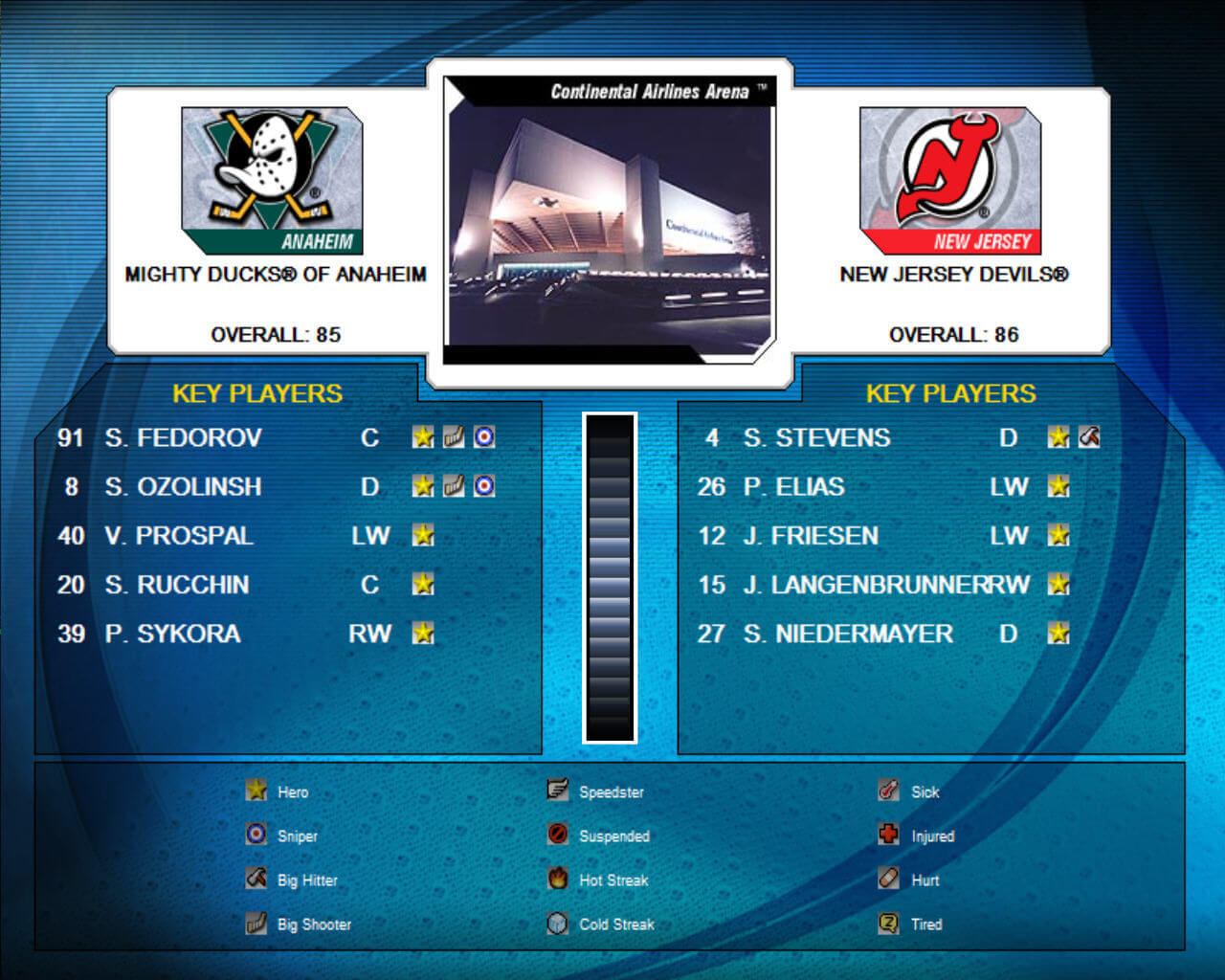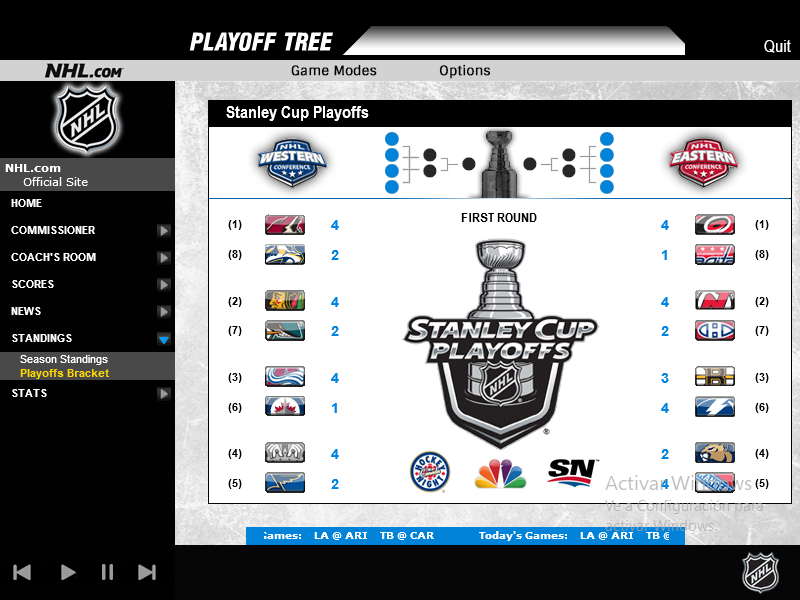

Each player in a team's lineup for a game must have a different number displayed on the back of their sweater, as well as the player's surname above their number on the back of their sweater. Most NHL sweaters (jerseys) display the team's primary logo in the center of the chest, while some also display secondary logos on the shoulders. Montreal Canadiens sweater (jersey) worn by Maurice Richard during his final NHL season in 1959-60 on display at LiveCity DowntownĪs hockey originates as an outdoor winter sport where players wore sweaters, this terminology has been retained to describe what is probably the most recognized element of a team's equipment (which is the only element which is mass marketed to the public). The Philadelphia Flyers used a special white third sweater for their 50th anniversary in the 2016–17 season. The Washington Capitals (2011 Winter Classic sweater modeled after the sweater the team wore from 1974 to 1995) were the only NHL team to have a white third sweater from the 2011–12 season to the 2014–15 season, when they were replaced by red sweaters of the same design.

In the 2018–19 season, the New Jersey Devils (sweater modeled after the home sweater the team wore from 1982 to 1992) were the only team to wear a white third sweater. This can require a team to carry two sets of uniforms and equipment on the road, whether they are using their third sweaters, or are playing against a team who is.įor the 2019–2020 season, the Buffalo Sabres wore a white commemorative jersey for 13 home games featuring gold trim to celebrate 50 years of NHL hockey in Buffalo. This can occur when a road team wishes to wear a coloured third sweater, or a home team wishes to wear a white third sweater, as there must be one team each wearing white and coloured uniforms in a game. The third sweater program, as the NHL came to call it, was temporarily suspended on two occasions: for the 2007–08 season (due to logistical problems with the introduction of the Reebok Edge sweater that was unveiled at the 2007 NHL All-Star Game) and for the 2017–18 season (due to the introduction of the Adidas sweater).Ī team's desire to wear their third sweater sometimes requires the opposing team to wear their home or road sweater when the opposite would be normally worn, due to the colour of the third sweater. They can also be worn during selected playoff games.

Third sweaters are typically worn only a few times a season by special permission of the league, based on a list of requested games. Some third sweaters have eventually become the bases for new primary sweater designs. Though they are termed third sweaters, they can actually entail an entirely separate look from the primary equipment, often including alternate socks, and sometimes alternate helmets and other equipment. Starting in 1995 (excluding a few prior isolated instances), some teams began to design a third sweater, or alternate sweater, which allowed them to experiment with new designs or throwback to a vintage design. The only elements allowed by NHL rules to be interchangeable between the two sets of equipment are the pants and gloves. Since the 2003–04 season, NHL teams typically wear the dark colour at home and the white for road games there are occasional single-game exceptions. Between the 1970––03 seasons, NHL teams wore white (or yellow) uniforms at home and dark uniforms on the road (which is the current convention in some low-level ice hockey leagues). Alternatively, players who transfer teams have sometimes had their gloves painted temporarily to match the required colours, and are given new helmets.Įach team is currently required to have two sweater designs: One with a white base (or historically, a yellow colour), and one with a darker-coloured base. Goalies often have their pads and gloves and masks coloured to match the team's colour scheme, but there is no requirement for this equipment to match, and goalies who transfer to a new team often play in their old equipment until new colours can be obtained. Sticks and other equipment worn under the clothes have no requirements in terms of matching a team's colours teams will sometimes provide players with team-brand undershirts or other under-clothing, but players are not required or limited to wearing them.

Other elements merely have a number scheme, allowing individual players to select their own brand and model coloured to match the uniform but not necessarily identical in appearance. Historically, the only standardized piece of the equipment has been the sweater (jersey), which has to be of identical design by the same company for all members of a team. Montreal Canadiens home and road uniforms


 0 kommentar(er)
0 kommentar(er)
